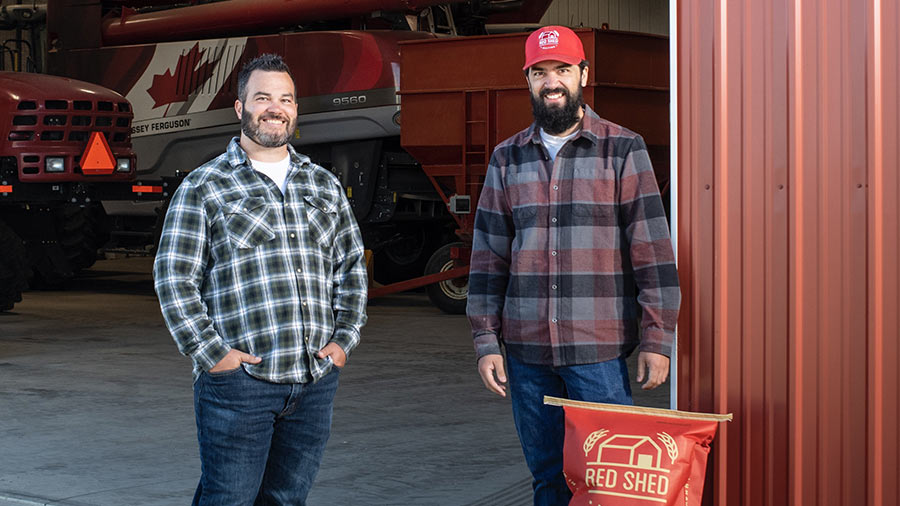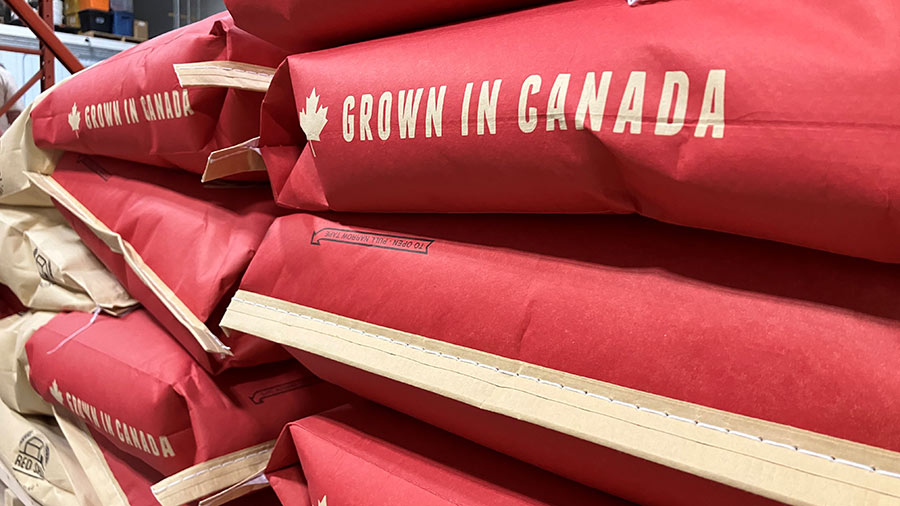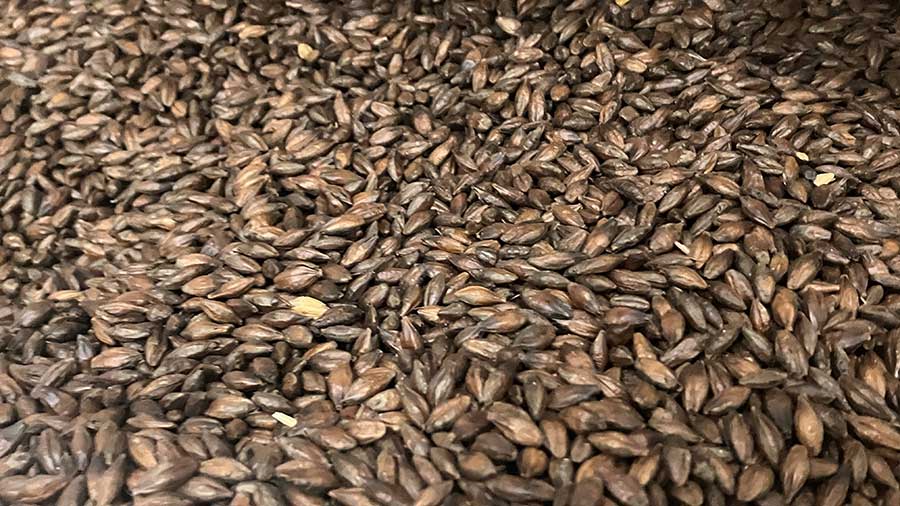How Canadian grower became Alberta’s first craft malthouse
 Matt and Joe Hamill © David Dinan
Matt and Joe Hamill © David Dinan Hamill Farms in Canada diversified their traditional grain farm into Alberta’s first craft malthouse in a bid to add value to barley crops and ignite the family’s succession plan.
It was a decade ago when John Hamill, wife Susie and their two sons, Joe and Matt, wanted to expand the business.
This sparked the establishment of Red Shed Malting, which today produces a range of speciality malts grown from barley on the family’s 850ha grain farm in Central Alberta.
See also: So you want to… farm in Canada
After extensive research, Joe and Matt identified a gap in the market for locally sourced, traceable malt barley as the majority of breweries were importing malts from either the US or Europe.
An on-farm malt plant was established which converts barley grain into specialty malt by steeping, germinating, kilning and roasting.
Grains are bagged on-site and sold to breweries and distilleries across western Canada.
How the malting process works

© MAG/Emma Gillbard
Post-harvest, the first step of malting is cleaning and steeping the grain, explains Matt.
“The grain goes into a handling system, which drops into a vertical steeper. Here, it is soaked in water to increase the moisture level from 13% to 42%, over a course of 36-48 hours.”
The grain absorbs oxygen, which starts the growth of the kernel, mimicking the environment of a planted grain.
Next, the grain enters a germination and kilning vessel where the roots continue to grow.
Here, the grain kernel converts carbohydrates into starch, which the brewers will turn into sugar and ferment into alcohol.
“During this process, the enzyme levels change – alpha amylase goes up and beta glucan goes down.
Once the enzyme and starch profiles are right, we begin the kilning process,” explains Matt.
“The kiln removes excess moisture and prevents further germination. We dry the grain down to 5% moisture before bagging as a shelf-stable base malt in 22.7kg bags, which is sold to breweries.”
Grain to malt to beer

Malted barley grain © MAG/Emma Gillbard
About 10t of barley grain will produce 8t of finished malt. Each bag will produce about 100 litres of beer.
Currently, 350t of the farm’s 1,500t crop of barley is processed into malt so there is plenty of room for expansion.
The business also malts other crops such as wheat, oats and rye.
The farm’s high-temperature roaster can create unique malt flavours, such as chocolate and caramel.
“It is a lot of fun to be involved with different product developments,” Matt adds.
His advice for any farmers considering diversifying their business into an-farm malthouse is that “you’ve really got to love it and be involved in the industry to get the most out of it”.
Hamill Farms crop production

The Hamill family © David Dinan
For John Hamill, who manages the farming operations at Hamill farms, the planting season usually begins mid-May. Average yields of spring barley are about 6.5t/ha.
When it comes to varieties, John opts for crops with good vigour, disease profile and straw strength, working closely with brewers to ensure optimum malting characteristics are met.
Spring crops are predominately grown on the farm due to the cold autumns and winters, which can see snow on the ground for up to six months of the year.
As demand from brewers continues to rise, the Hamills are now growing autumn rye, ensuring the crop is established early before freezing winter temperatures arrive.
Did you know?
Alberta produces half of all Canadian barley, and a third of the barley in North America. Just under 50% of Alberta’s barley is grown for malting; the remainder for livestock feed.

